The Questions People Ask a Whistlemaker
Misha Somerville answers questions often asked about an unusual and incredible profession.
There is nothing else in life like learning another language, a sport, painting a picture or playing a musical instrument. Here are many of the good things in life; where people make friends and keep their mind, body and soul together.

The Callanish Stones, Isle of Lewis, Scotland. Photo: Dougie Cunningam Leading lines.
Playing music has been scientifically proven to reduce anxiety, relive stress, accelerate/maintain brain health and development, increase a sense of belonging and happiness, and to foster focus, discipline and great lifelong friendships. In fact playing music has a positive effect on all the things we, particularly our young people, are struggling with in the modern world.

Music is like a meditation, where we find resonance that works in deep and incredible ways. It is one of few things that combine left brain and right brain activity.
Some of us have an opportunity to learn a wind instrument early in life, but its benefits can be felt at any stage of life. It is the perfect introduction to music, working at an elemental level to turn breath to sound and harness imagination, creativity, identity and a sense of belonging.
The whistle is an simple, humble and fun musical instrument! It is also affordable, robust and travels well. Although it is a capable musical instrument which takes years to master, it's simplicity means it is soon rewarding and fun play. Many who learned a little as early learners, find that they can actually still remember how to play a tune or two many years later!
The beauty is how playing whistle has remained free from rules - technique has not been 'formalised' like on some musical instruments and there aren't any associations or governing bodies deciding how things should be done 'properly'. Many Classical wind instrumentalists take up whistle for a sense of freedom.

M whistles area re-imagination of the age-old and time-tested tin whistle. Early tin whistles were not actually made from tin which didn't exist yet! Commonly vulture's wing bones were used - examples of which have been found from over 30,000 years ago which still play to this day! Although there have been many re-imaginations; the simplicity of whistles have been maintained through the millennia.
It is this elegant simplicity that has inspired the design and crafting of mk whistles. But beyond the material object, a musical instrument is an object of magic. It has another dimension which you can access, transcending time and place and allowing the imagination to run free. It can be an instrument of solitude, or of togetherness, healing, meditation, celebration, expression, and of connection.
Whistle players often go their own way in life. There are no institutions - schools or associations promoting whistle playing - it's a choice an individual makes.
Perhaps because of this whistle has been synonymous with authentic local culture. In Scotland when instruments like the bagpipe and Gaelic culture was banned in the 18th century, many of the tunes where preserved through playing the whistle, which was easier to conceal stealthily.


Many cultures around the world have a their own form of the whistle. The Japanese Shakuhachi for example, developed in the 16th century from its Chinese ancestor, is used by monks in Zen meditation.
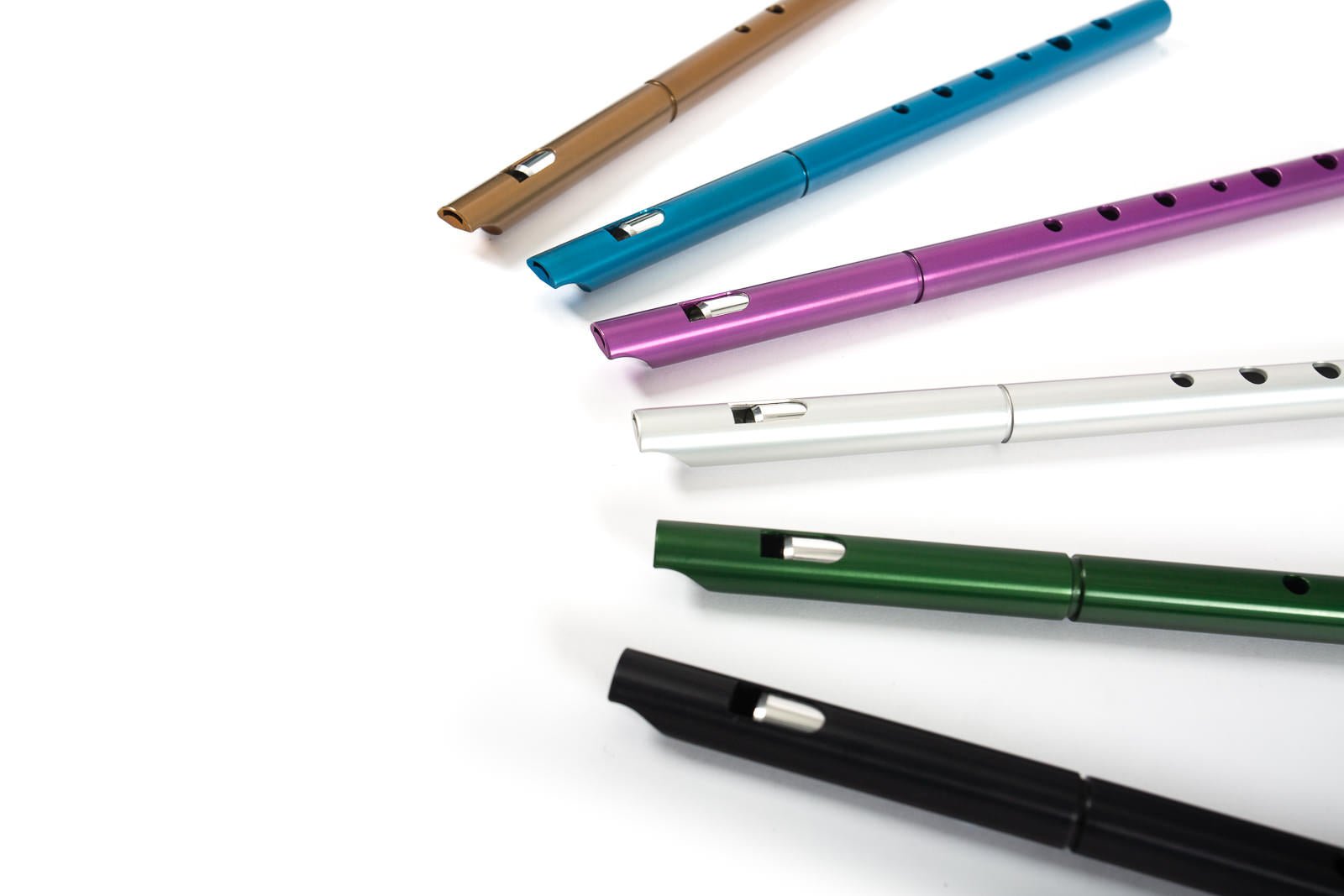


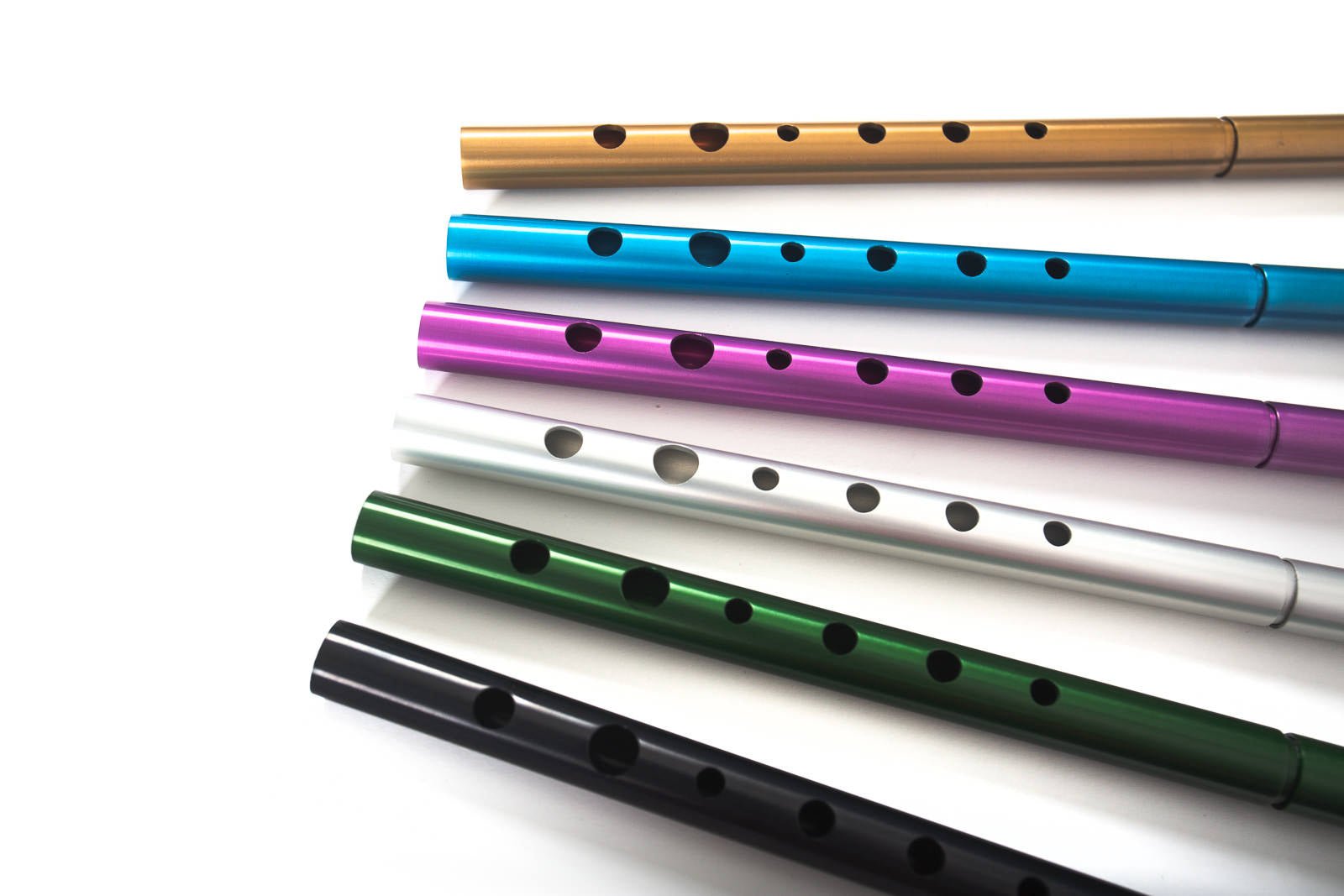
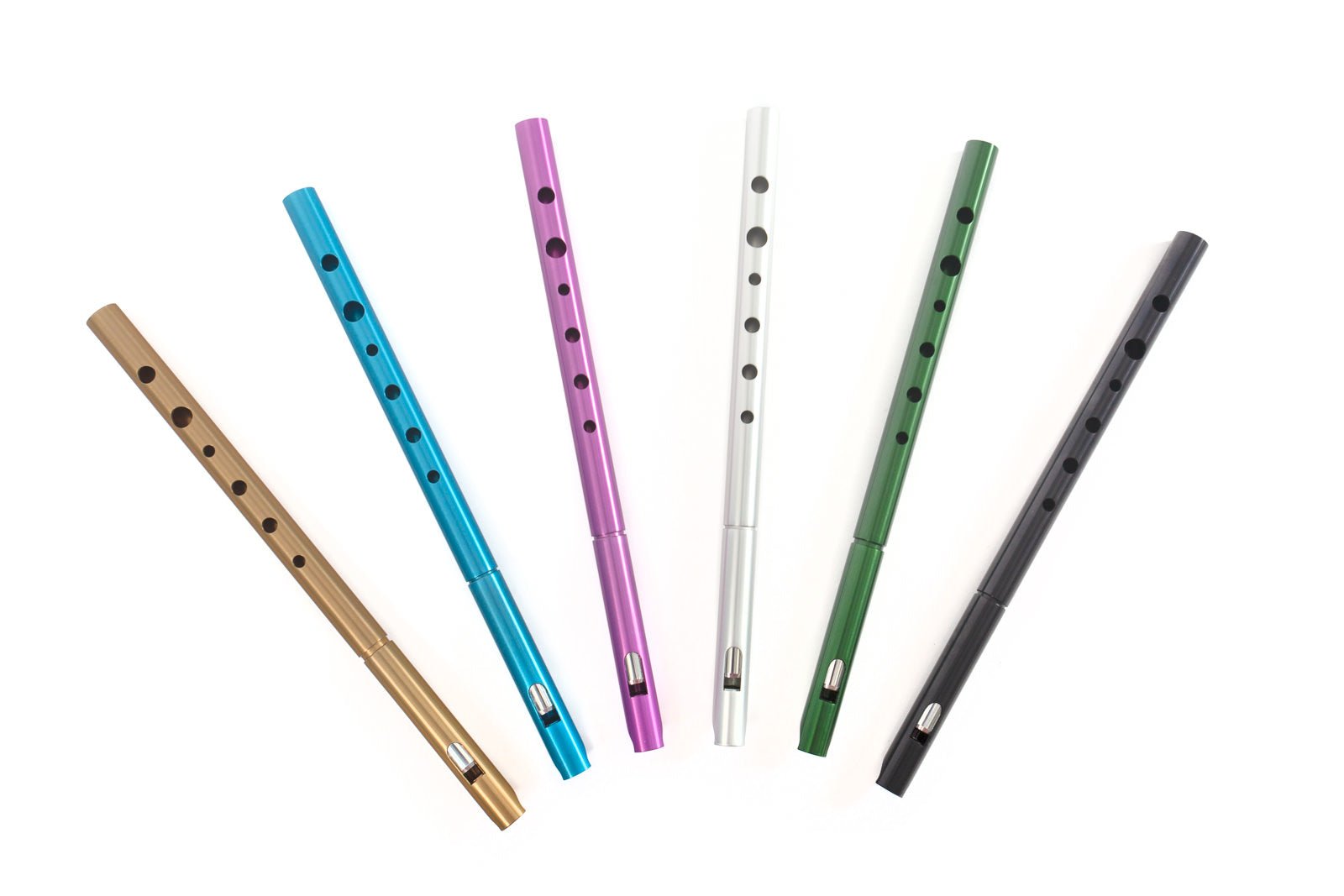
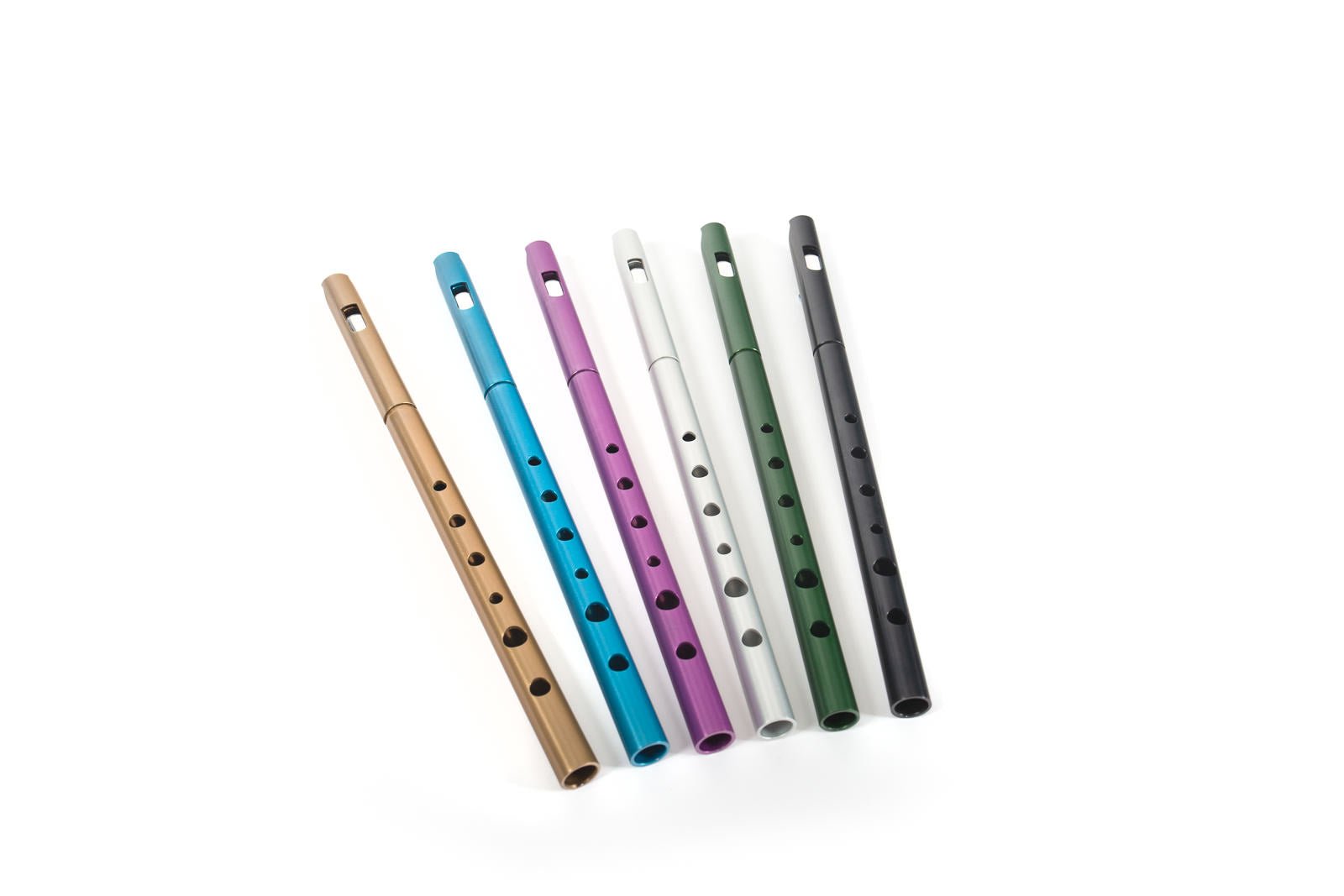
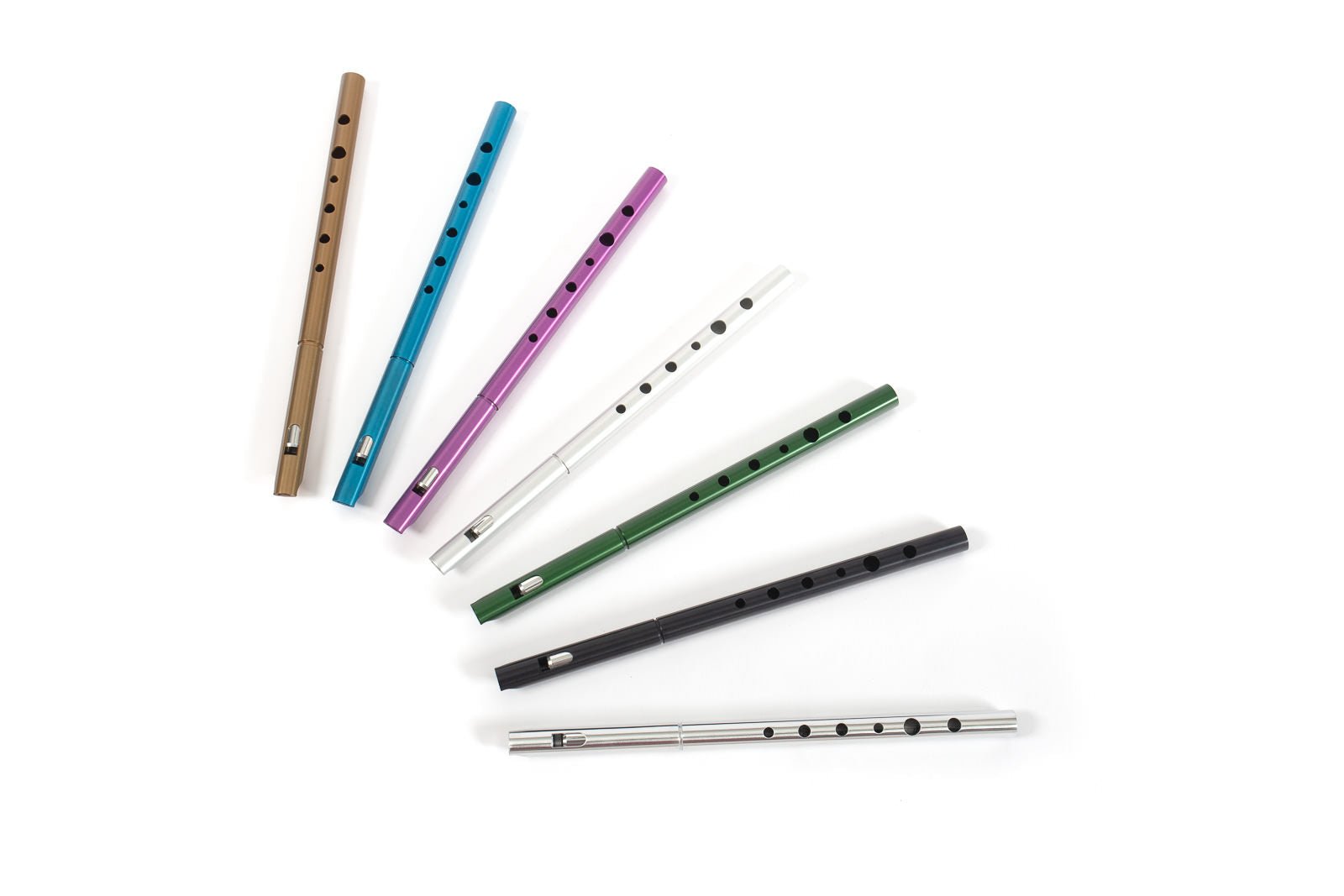



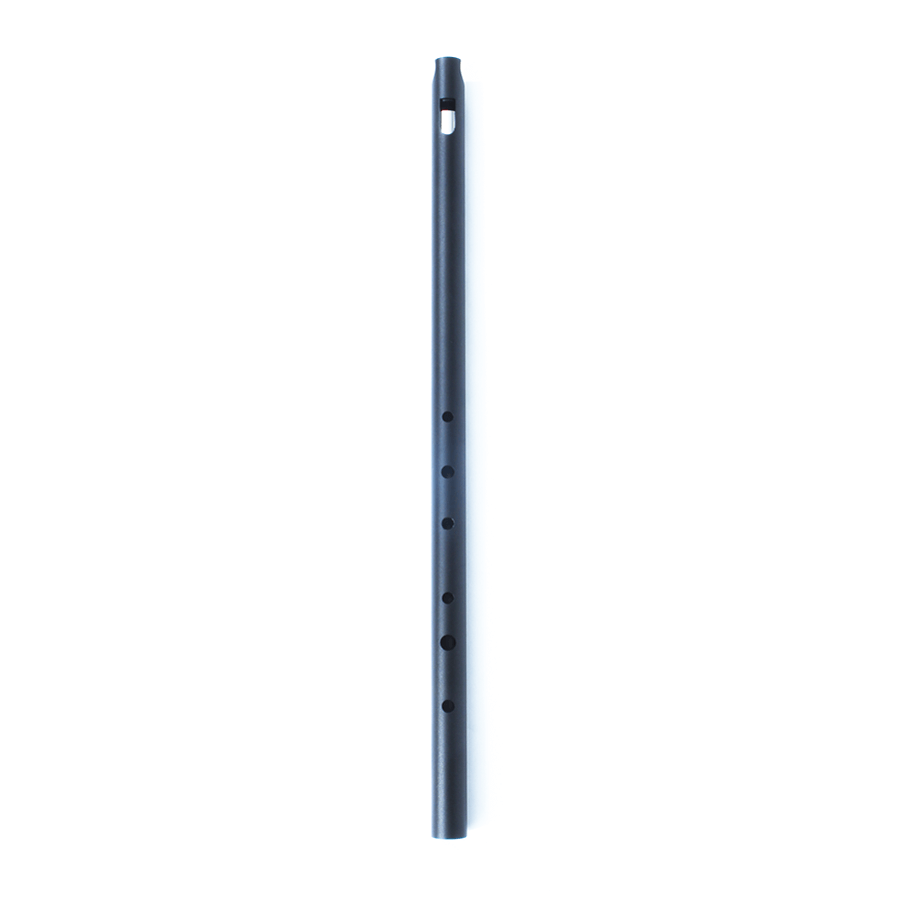




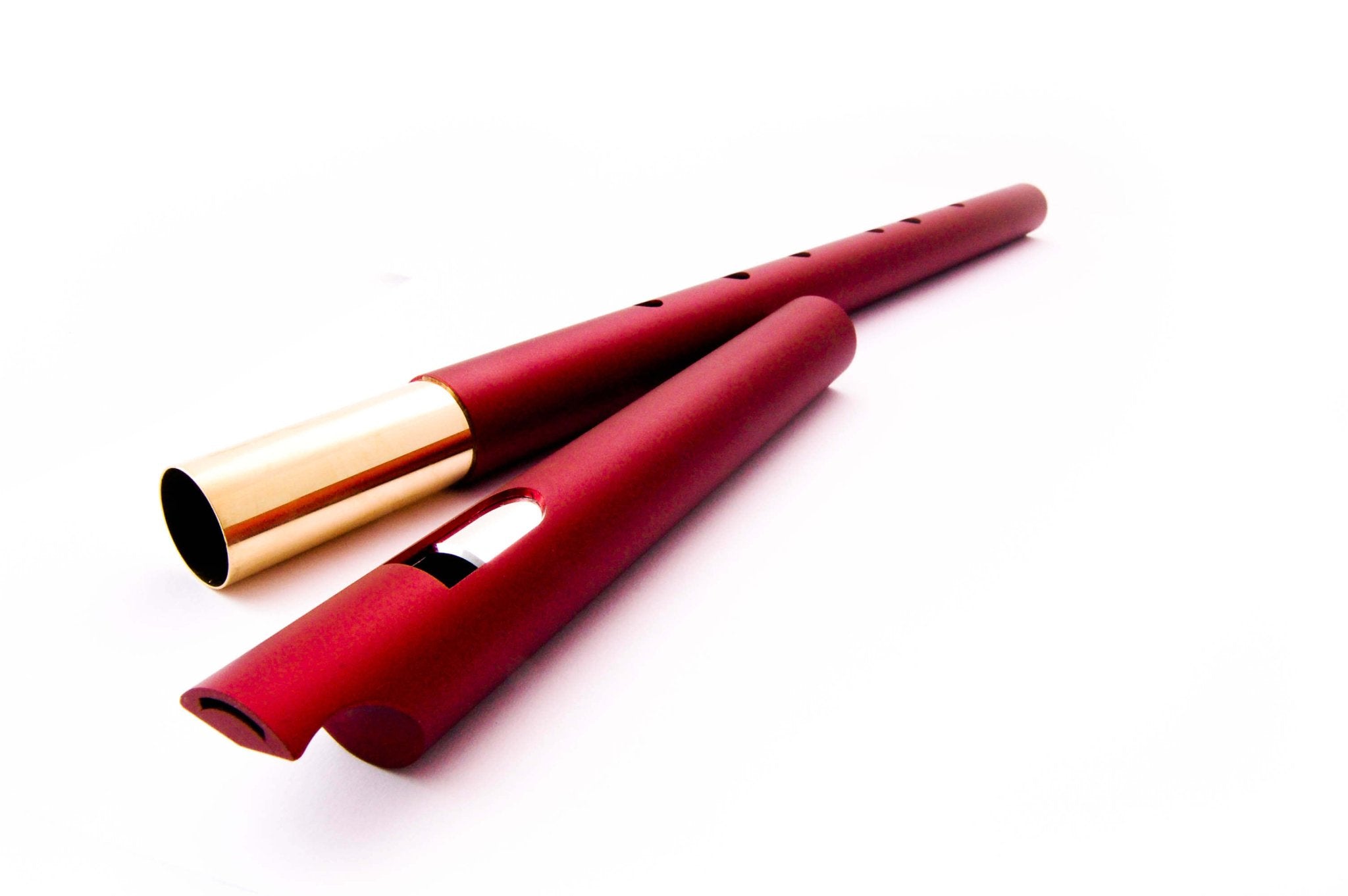

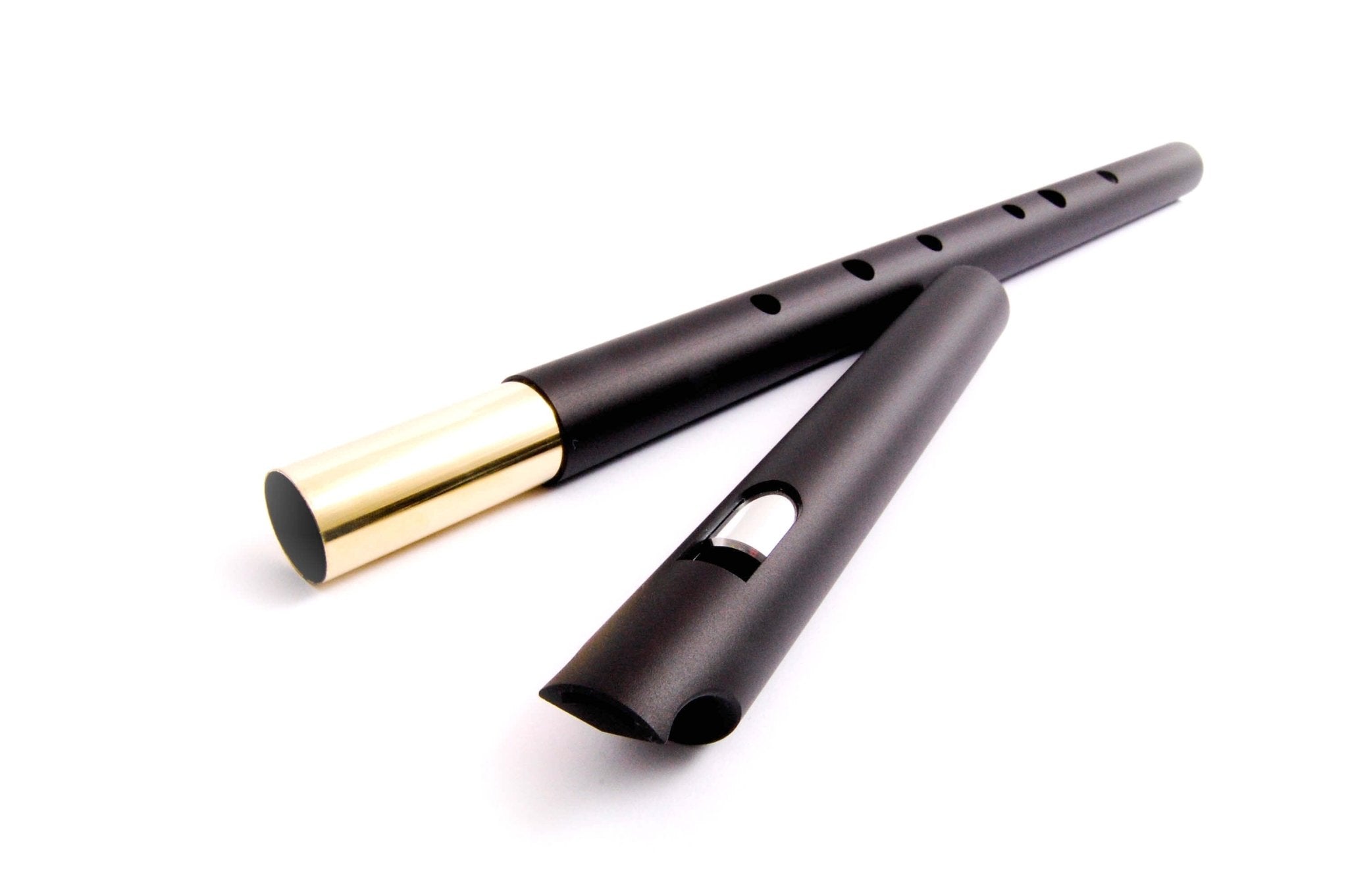
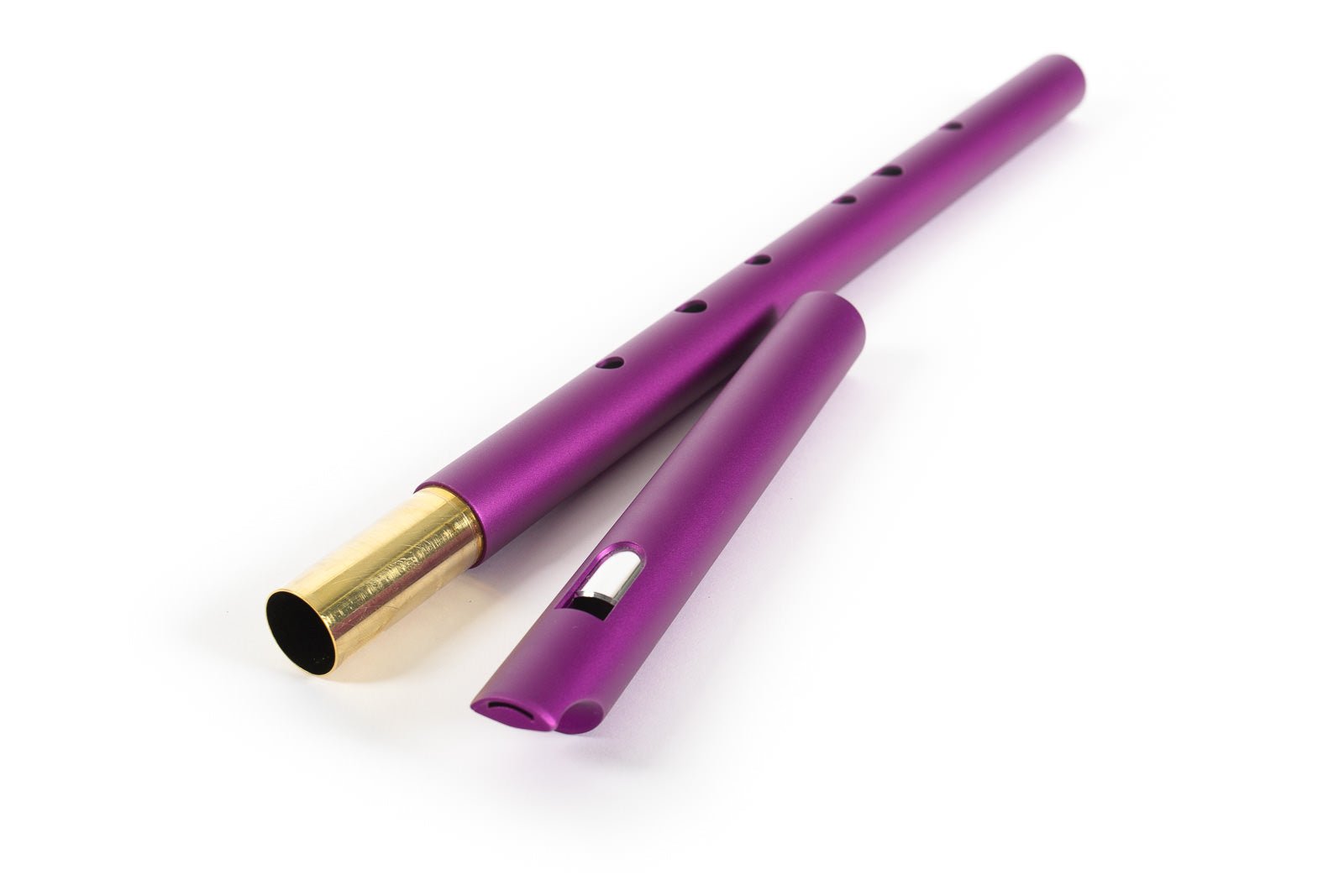


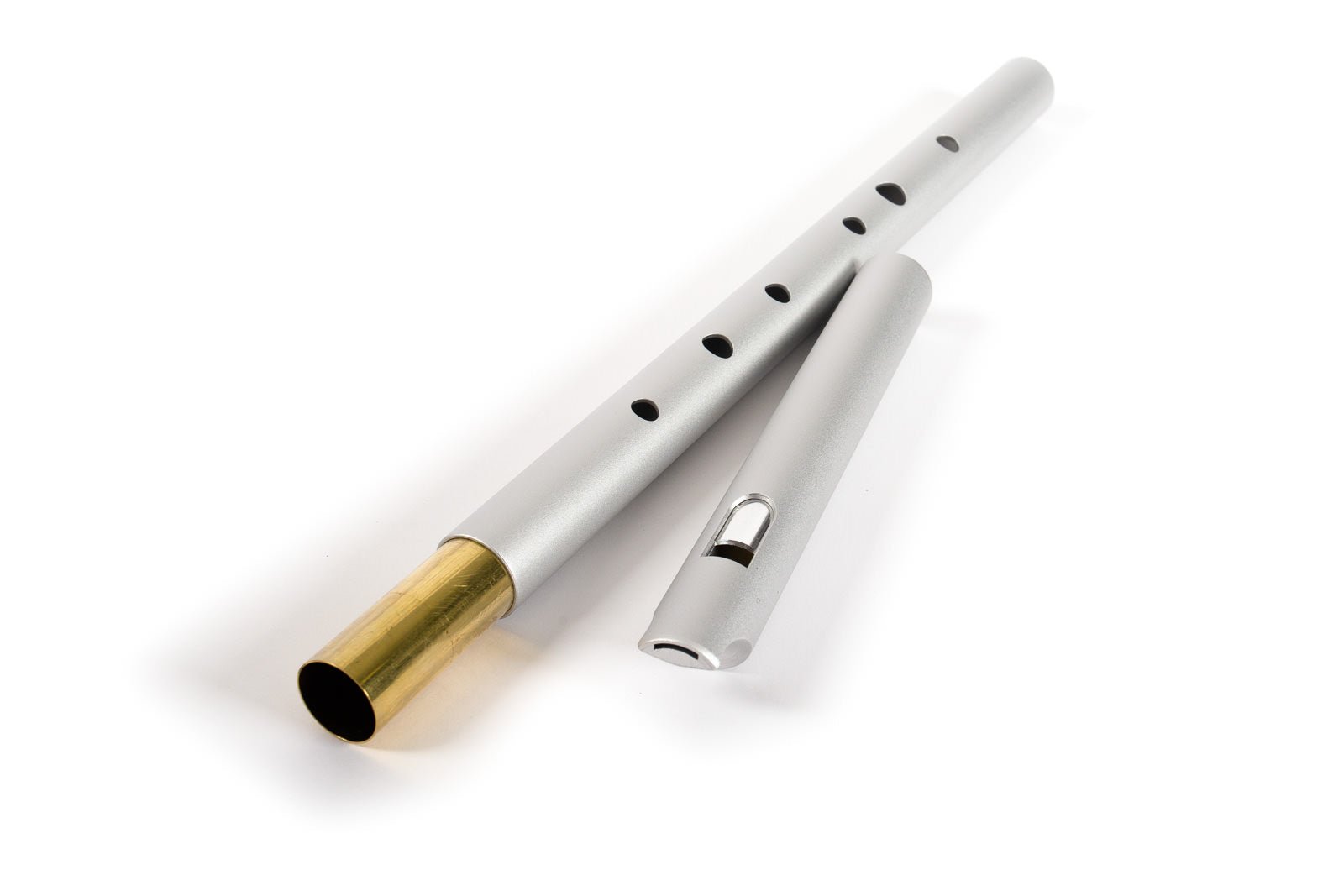
Misha Somerville answers questions often asked about an unusual and incredible profession.
Old oily machines and state-of-the-art technology join forces in the mk workshops.
Long term MK-er Liam Hickson asks the questions he wants to ask after 5 years of anticipation, waiting for the mk Midgie High D Whistle.


